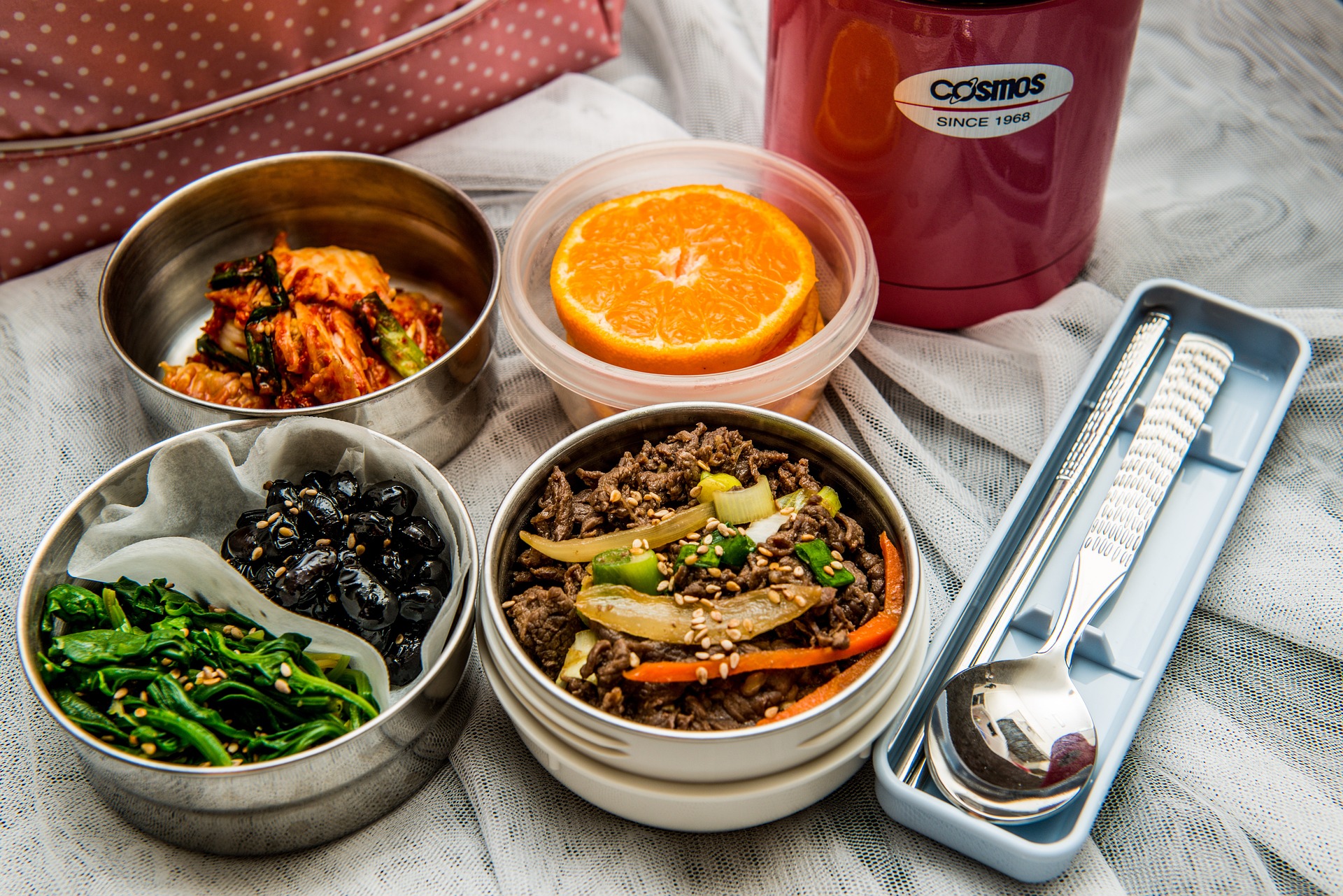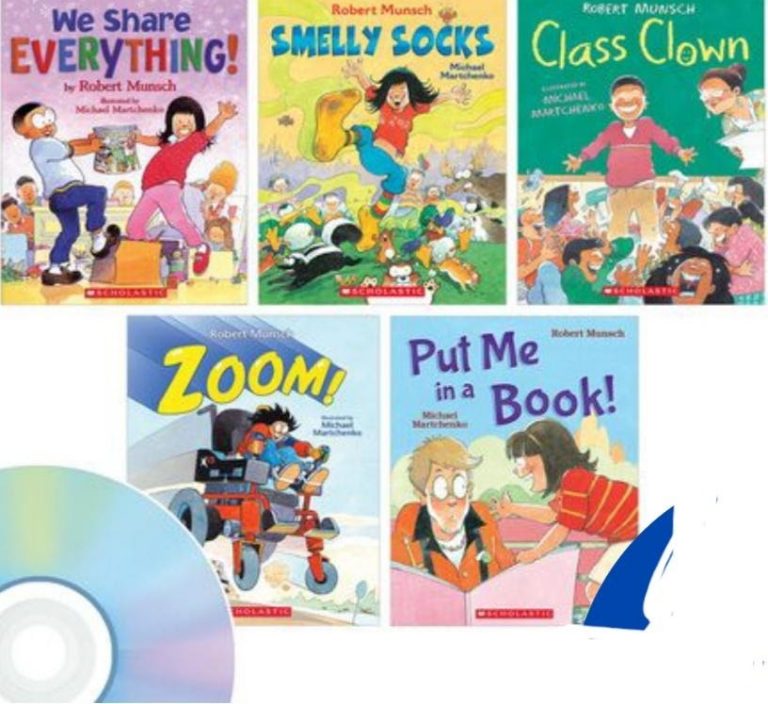13 Lunch and Snack Ideas for Preschoolers
Packing a lunch or snack for your child every day is a lot of work! It can also be hard to know what to send. As a parent, you want to pack your child something they’ll enjoy. At the same time, you know it’s important to feed your child nutritious foods. Part of the challenge is coming up with ideas so that your child doesn’t get bored with the same snacks and lunches every day.
Let’s explore some helpful tips and strategies that make it easier to pack your child’s snacks and lunches. Plus, we’ll provide a long list of ideas to inspire you when packing your child’s lunch box.
How to Pack Your Preschooler’s Lunch Box
What should a good lunch box contain? Here are some tips for creating a great snack or lunch your child will love.
Less is More
Small portions are more appealing for children. Instead of sending your child one big sandwich, try cutting it into smaller pieces. Another strategy is to send small portions of a few different items. This can help your child feel less overwhelmed by their lunch box. Plus, when you offer smaller portions of several items, your child can choose what they want to eat. ⁰Adding choice to your child’s lunch box empowers them to make decisions about what they’d like to eat.
Create a Balance
A good rule of thumb when packing your child’s snack or lunch is to include one item from each of these three groups:
- Protein: Cheese, meat, eggs, yogurt, hummus, seeds, etc.
- Carbohydrate: Whole-grain bread, tortilla, rice, pasta, crackers, granola, pancake, etc.
- Fruit and/or Vegetables: Apple, carrot sticks, berries, cucumber, pepper, broccoli, watermelon, tomatoes, etc.
Picking items from each of these three groups will help your child feel full and give them the energy they need.
“Eat the Rainbow”: It’s Pretty and Nutritious
The phrase “eat the rainbow,” means people should try to eat colorful foods. Including a few different colors in each meal makes it pretty. For example, add some colorful red berries to your child’s snack. Or, chop up some red, green, and yellow peppers to enjoy with a dip. When a snack looks pretty, it’s appetizing and enjoyable to eat.
Different colored foods also help bring different nutrients to snacks and lunches. For example, orange fruit and vegetables like carrots contain beta-carotene. Green vegetables often contain lutein and calcium. The more colorful your plate, the more nutritious.
Offer New Foods Many Times
If you have a “picky eater,” don’t worry. Many toddlers and young children go through a phase of picky eating. It may even be a survival instinct that helped keep children safe in the past. When humans were hunter-gatherers, it would have been dangerous for toddlers to wander off and try strange berries. Being picky and unwilling to try new foods would have been a helpful trait.
Even so, it’s important to keep offering your child new foods. Research shows that you may need to introduce a food up to ten times before your toddler is willing to try it. Over time, your child may be more open to eating different foods. For example, offering a small amount of vegetables with every meal may help your child learn to enjoy them over time.
Involve Your Child
Research shows that when your child cooks, they’re more likely to enjoy fruit and vegetables. Your child may feel more open to trying new foods when they prepare them.
Plus, involving your child in making their own snacks and lunches can help them feel more ownership in the process. Helping to make their lunch also brings a feeling of independence that boosts your child’s sense of control over their eating choices.
For very young children, involving your child is as simple as asking for their opinion. You might give them a choice between two options. For example, “Would you like strawberries or blueberries today?” Or, “Would you like some turkey meat or a hardboiled egg?”
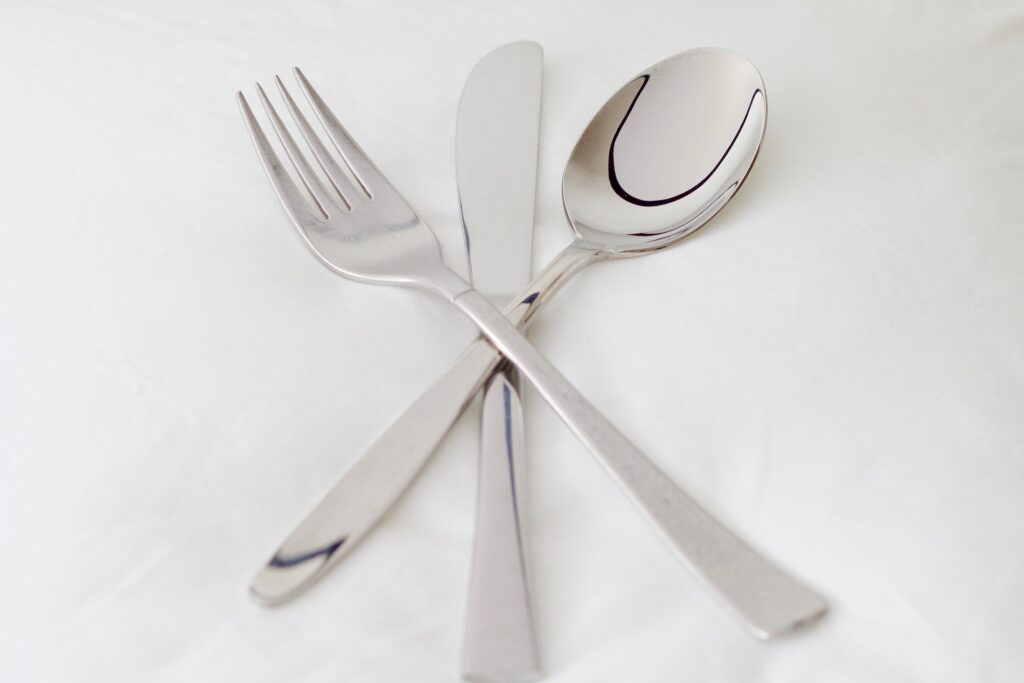
Use Real Cutlery
When you pack your child’s lunch box, use real cutlery made of stainless steel or a similar material. This offers your child a the sensorial experience of weight and temperature that fosters cognitive development. Furthermore, it helps them develop greater fine motor control that sets them up for a strong hand for writing.
Tips on Meal Preparation and Shopping
Parents have a lot on their plates. One way to make packing lunches and snacks a bit easier is to meal plan. With meal planning, you decide ahead of time what you’ll pack each day. For example, you might sit down on the weekend and plan snacks and lunches for the coming week. That way, you can use the list of snacks and meals to guide your grocery shopping trip.
Another helpful strategy is to prepare some foods ahead of time and keep them in the refrigerator or freezer. For example, you can make whole-grain muffins or egg muffins on the weekend and freeze them. Then, you can thaw them each morning to send to school.
Or, prepare fruit such as watermelon or cantaloupe ahead of time and keep it in the refrigerator. Then, portion it out as needed during the week.
13 Lunch and Snack Ideas for Preschoolers
Are you ready to be inspired? Here are 15 lunch and snack ideas for your preschooler.
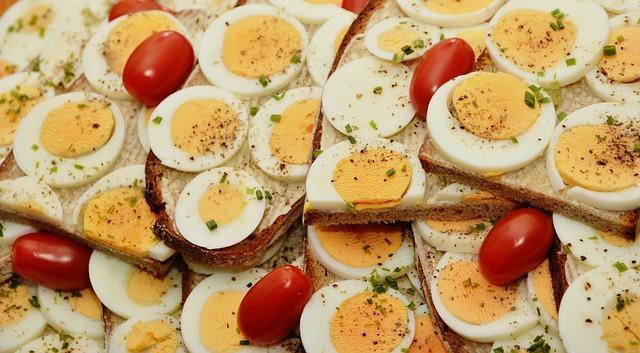
Eggs
Versatile and nutritious, eggs are a great option for the lunch box. Try them hard-boiled and sliced. Or, put them on some toast. Many children also enjoy eating them whole with a sprinkle of salt.
Whole-wheat Waffles or Pancakes
Whip up some whole-wheat waffles or pancakes for your child to enjoy with fruit. Add protein with some cream cheese.
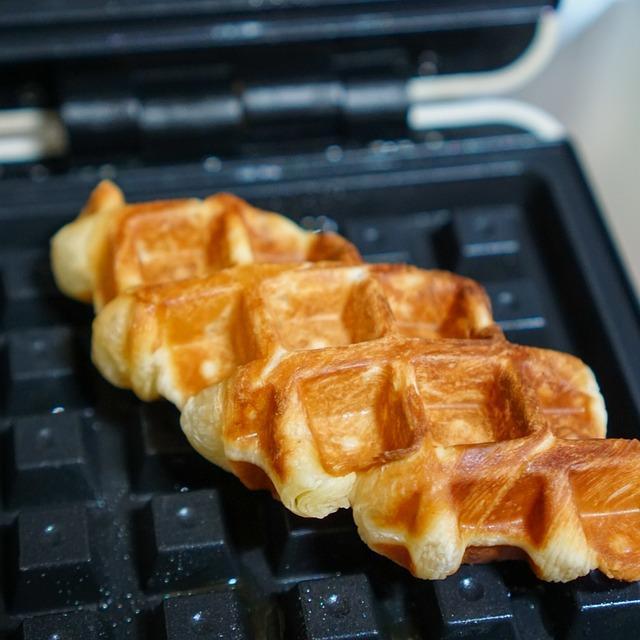
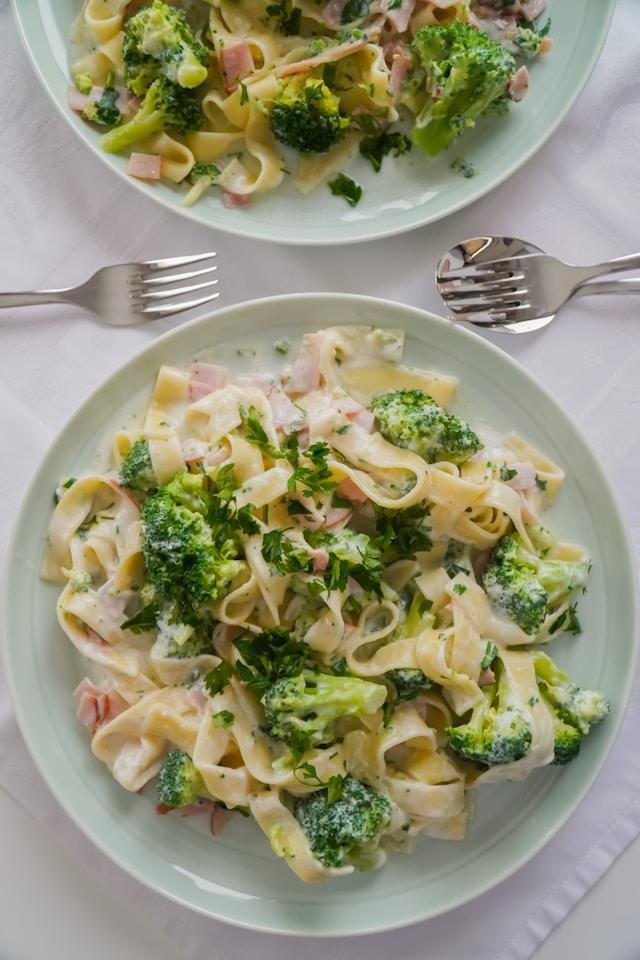
Pasta
Today, there are many thermos-style lunch containers that can keep foods hot. Most children enjoy pasta, which makes it a great meal for adding a few vegetables. Cheese and pasta make vegetables more appetizing for children.
Sandwiches
A classic, sandwiches are the ideal snack or lunch food. When packed on whole-wheat bread, they are also very healthy. Instead of packing a very large sandwich, try cutting it into smaller pieces. Also offer other foods to complement the sandwich such as fruit, a granola bar, or some veggie sticks.
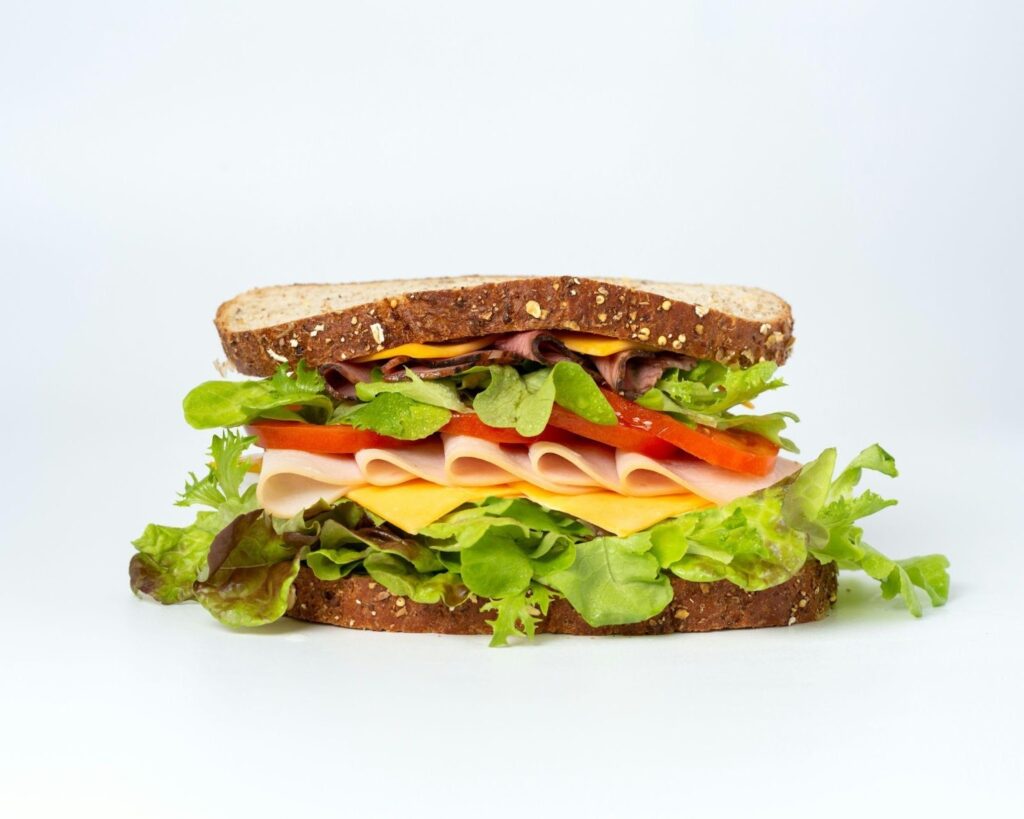
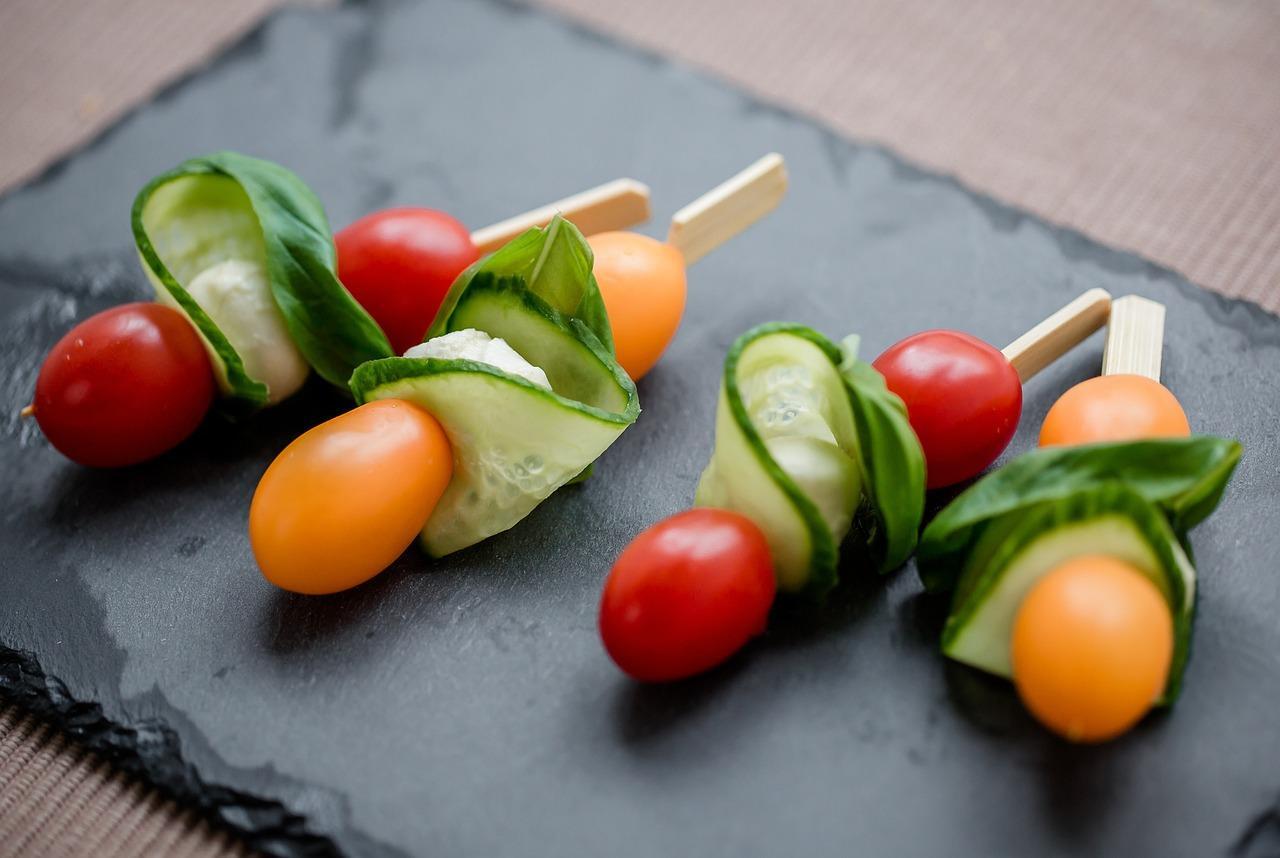
Fruit or Vegetable Kebabs
Attractive and fun, a few kebabs can add color to your child’s snack or lunch. Alongside skewered cucumber and tomatoes, also consider adding a few chunks of cheese.
Yogurt
Another excellent snack is plain yogurt with a drizzle of honey, fresh fruit, and granola. It’s also very healthy, as yogurt is a great source of calcium and protein.
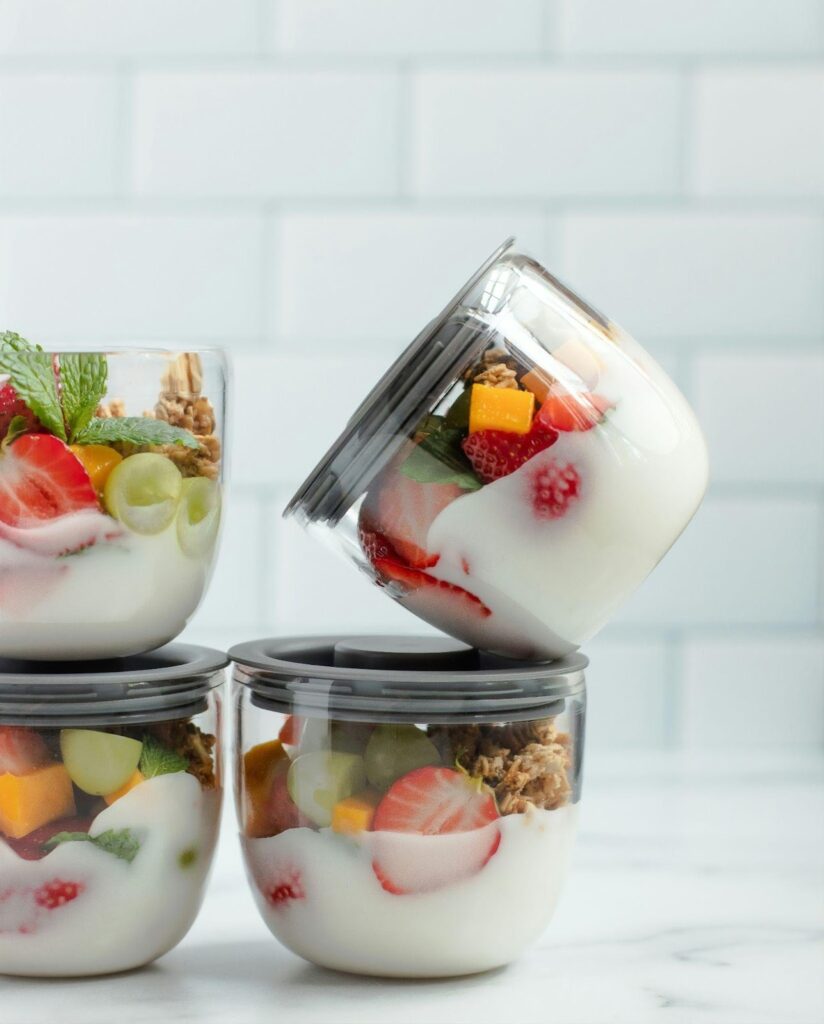
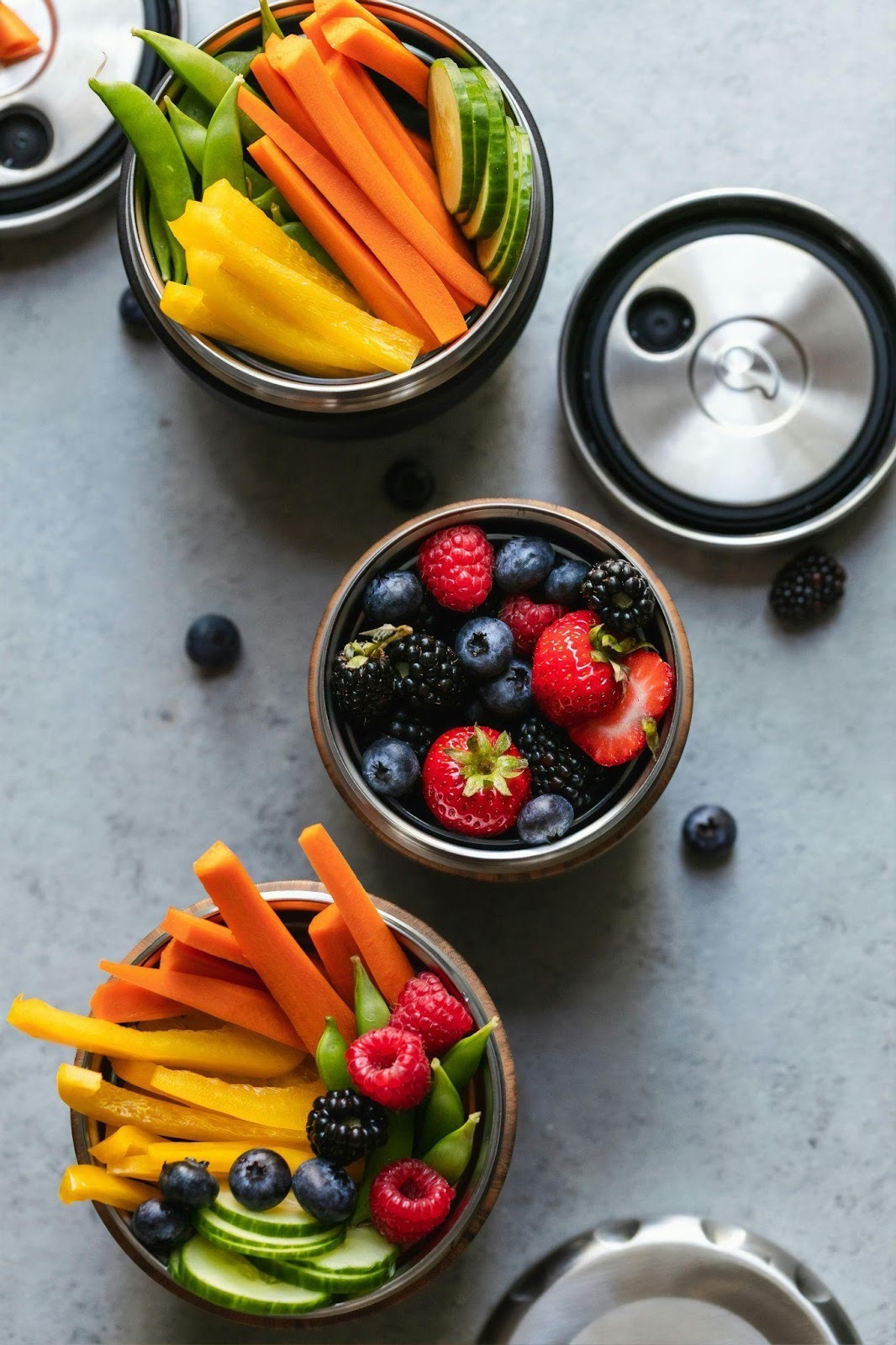
Veggie Sticks with Dip
Serve your child colorful veggie sticks. Just a few of each is great! The key for many children to enjoy raw vegetables is a great dip such as hummus or ranch dressing.
Fresh Fruit
A variety of tasty fruit offers an excellent source of vitamins and minerals. Try switching up the fresh fruit you offer your child. One day, try apple slices. Another day, try berries. Then, serve kiwi another day.

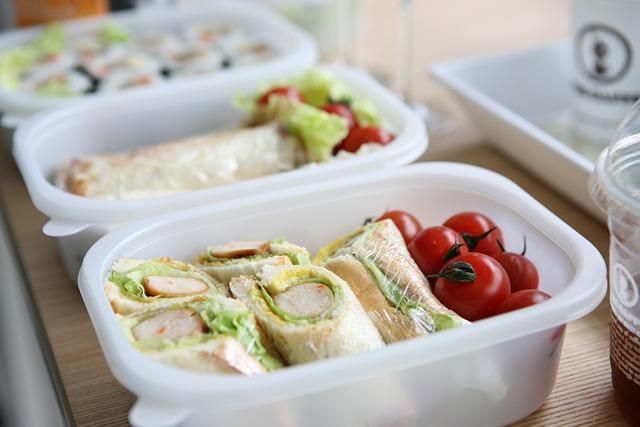
Tortilla Wraps
Instead of sandwiches, try rolling up lunch meat and lettuce in a whole-wheat tortilla! This is a fun twist on a classic that many children enjoy. The sky’s the limit with fillings. Try hummus, refried beans, cheese, vegetables, chicken, and more. After filling and rolling, cut the wrap into small pinwheels.
Egg Muffins
Instead of regular muffins, why not egg muffins? You can add meat, onion, and vegetables like zucchini as desired. Prepare them ahead of time and then send them in your child’s lunch box throughout the week.
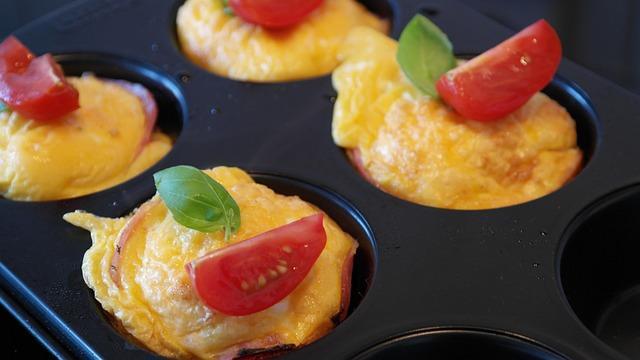
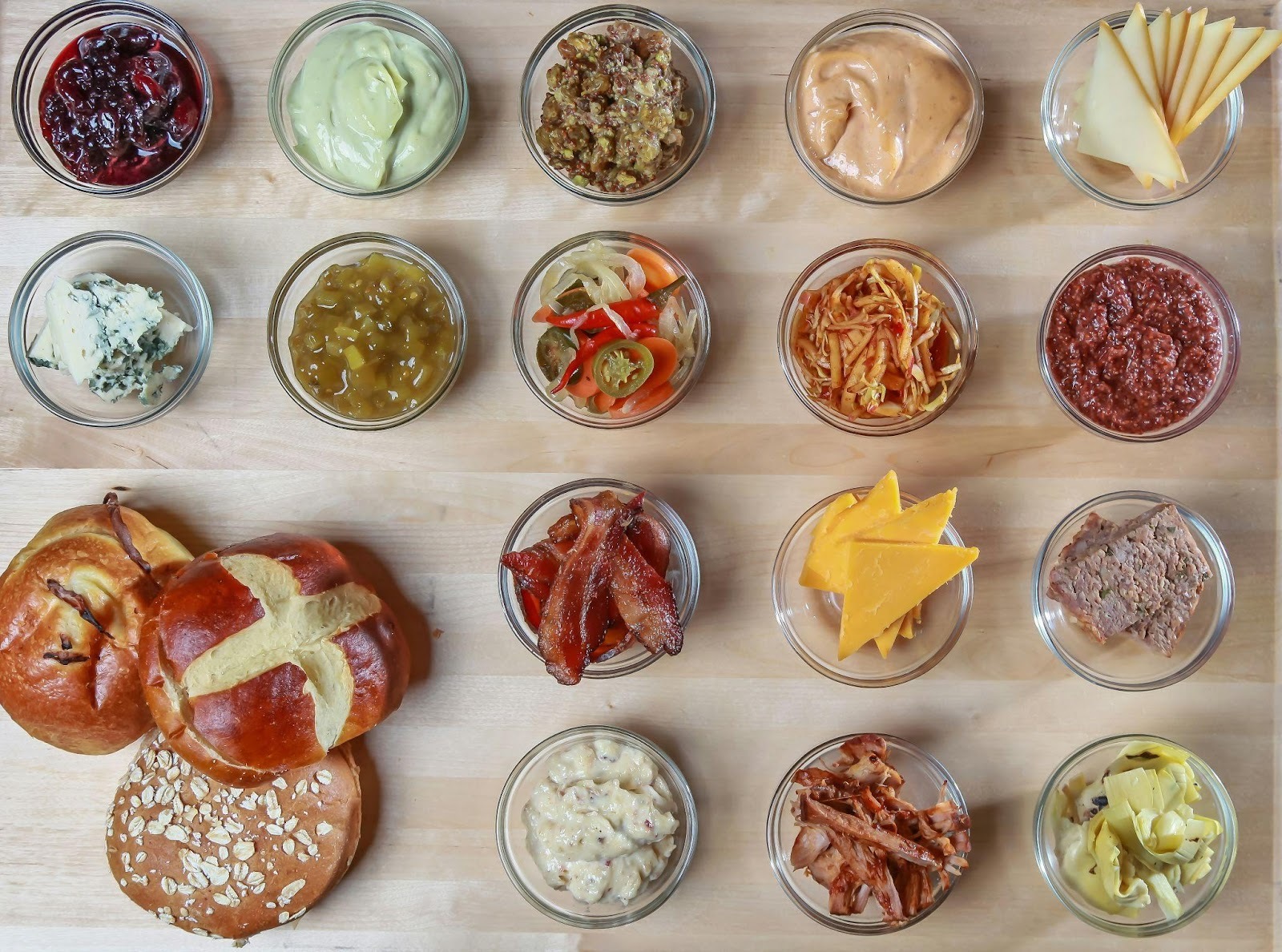
Dips and Toppings
With this snack, you send your child a few options. The base is crackers or bread. Then, your child can add lunch meat, cheese, or dips such as hummus, guacamole, or white bean dip. Pack the items in a few different containers or a lunch box with multiple compartments.
Soup
A thermos of soup is perfect for a cold or rainy day. You can also easily sneak vegetables into creamy soups. For example, butternut squash soup or zucchini soup are great options. Add some crackers or bread to go along with the soup.
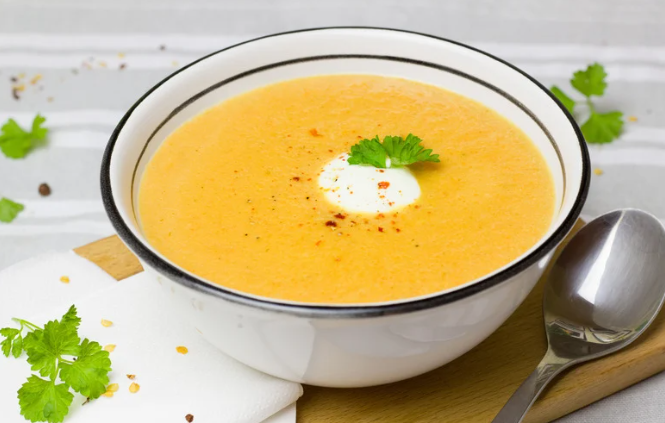
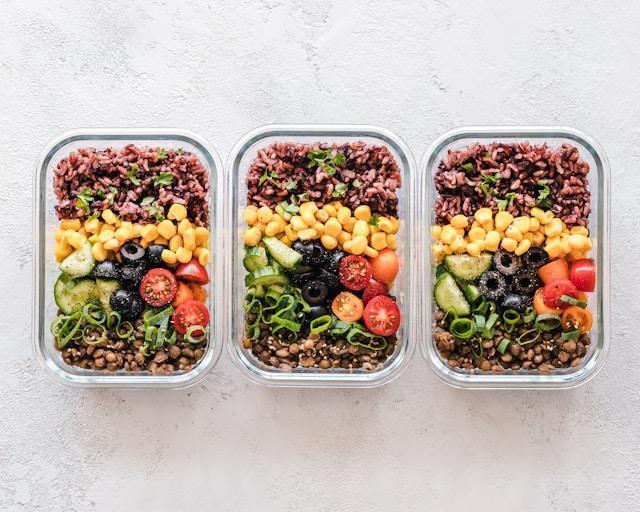
Rice and Lentils
Why not send a more formal meal to school? A colorful plate of rice and lentils or beans is filling and nutritious. Or, if your child prefers meat, try a meat dish alongside rice and vegetables. Simply pack it in a thermos that will keep it nice and hot.
Packing lunches and snacks can be a challenge. Remember, add a few choices, include two or three colors, and involve your child. With some creativity and inspiration, you can pack a nutritious lunch box your child will love.


